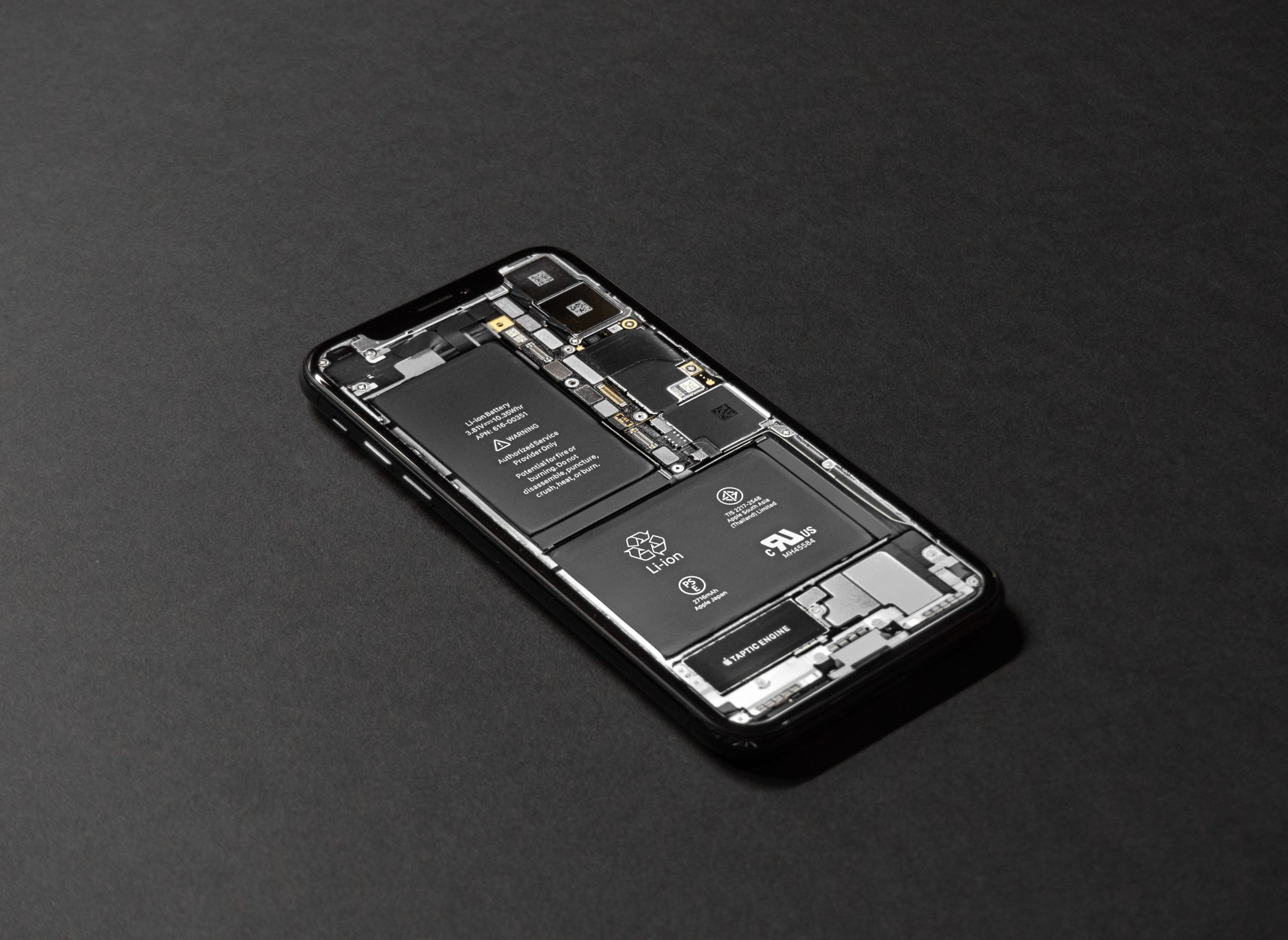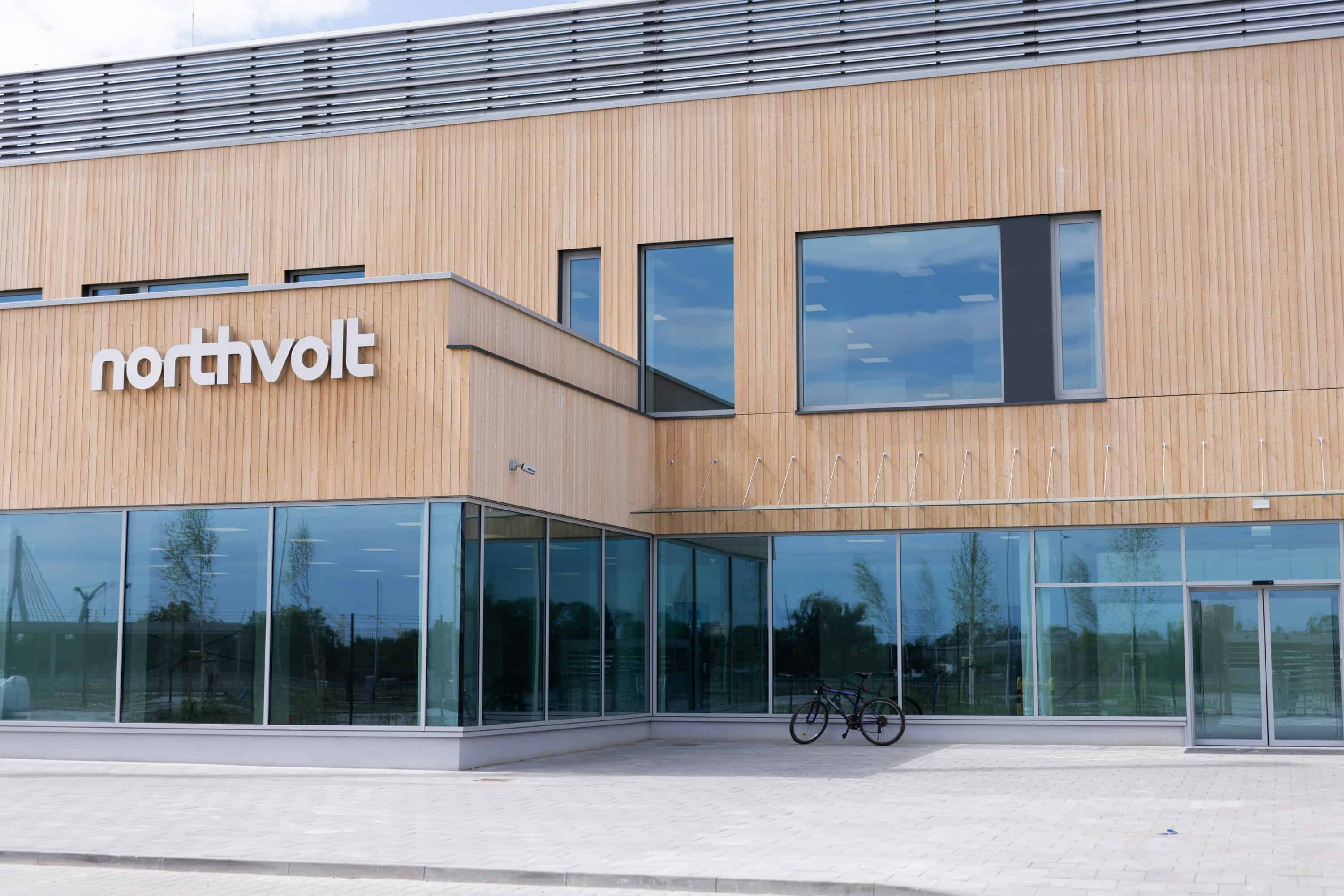
Researchers from Sweden’s Uppsala University have taken a big step forward towards the development of the proton battery: Their fully biological proton battery not only provides sustainable energy storage, but also offers numerous other advantages over conventional batteries.
Conventional batteries contain rare metals. Moreover, a lot of acids are used to extract these rather scarce raw materials. This in turn leads to major environmental problems. For example, the extraction of lithium for lithium-ion batteries is particularly environmentally unfriendly. This is a serious problem. Digitisation has led to a sharp increase in the demand for small energy sources. The automobile industry is also eagerly looking forward to fast rechargeable, but also environmentally friendly batteries for electric vehicles.
The biological proton battery might be a solution. It offers an adequate supply of energy without damaging the environment. The proton battery has a variety of plus points compared to conventional batteries.
Charging in a few seconds
The researchers were able to demonstrate that their battery can be conveniently recharged with the help of a solar cell. Charging can also be done without sophisticated electronics. These on the other hand, are required for lithium batteries. The proton battery can be charged in a matter of seconds. In fact, it can be charged more than 500 times without any significant loss of capacity.
Temperature insensitive
Another significant advantage of the biological proton battery is that the ambient temperature has no influence on its performance. Tests have shown that capacity remains constant down to a temperature of minus 24 degrees Celsius, according to Christian Strietzel of the Faculty of Materials Science and Technology at the Uppsala University.
Biological carbon compounds
The starting point for the research was the development of a battery with elements that are common in nature. The choice fell on the biological carbon compound quinone, which is suitable as an active material in a battery. In nature, quinone is often present in (yellow) dyes. In fungi, bacteria or flowers, for instance. The deciding factor for the researchers was the ability of quinone to absorb or release hydrogen ions during charging and discharging. Hydrogen ions contain only protons by nature.
Protection against the risk of explosion and fire
You need an electrolyte in order to transfer hydrogen ions into a battery. Uppsala researchers used an acidic aqueous solution for this. This is not just environmentally friendly, but also protects the proton battery against the risk of explosion and fire.
Advances in the development of the biological proton battery offer hope for environmentally friendly batteries and accumulators. However, there is still a lot of development work to be done before the battery becomes a household item, Strietzel explains.
The article was published in the German scientific journal Angewandte Chemie (paper is in English).
Read more articles about the development of batteries and accumulators here.







